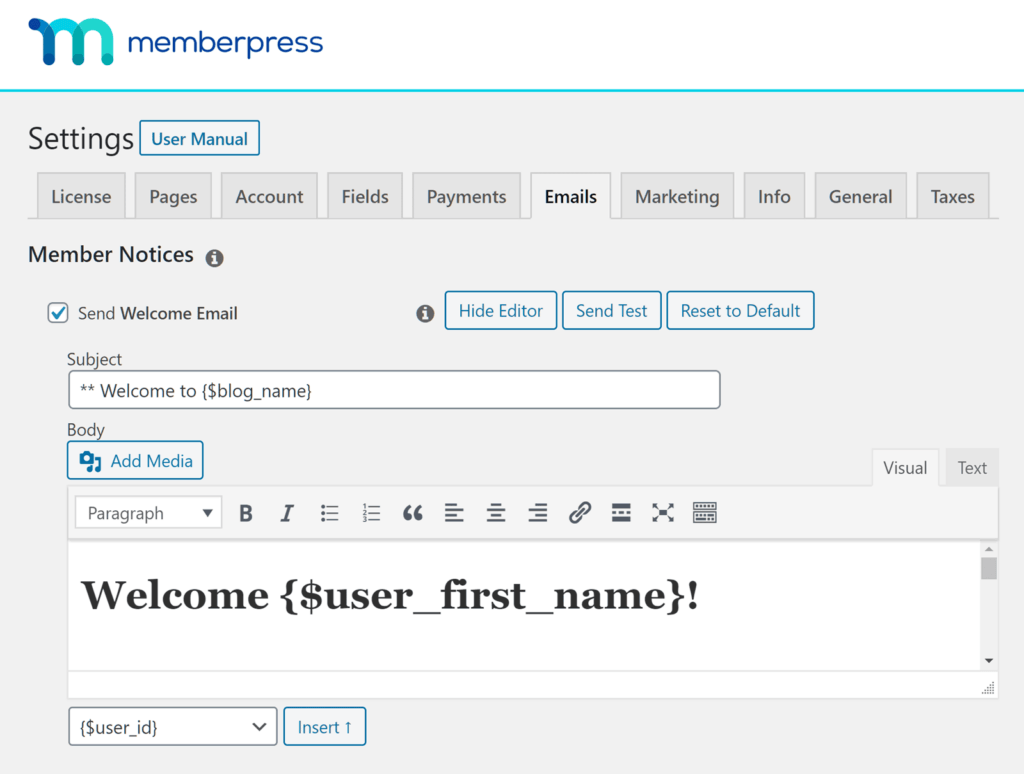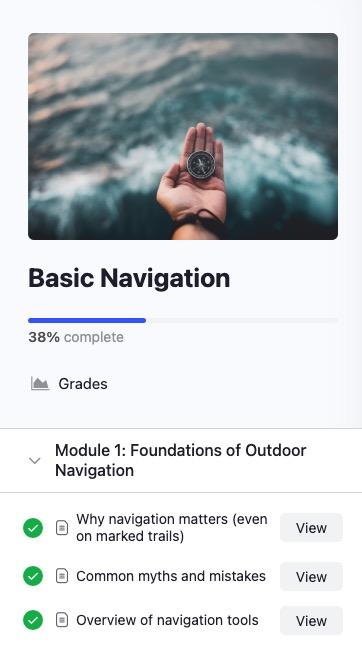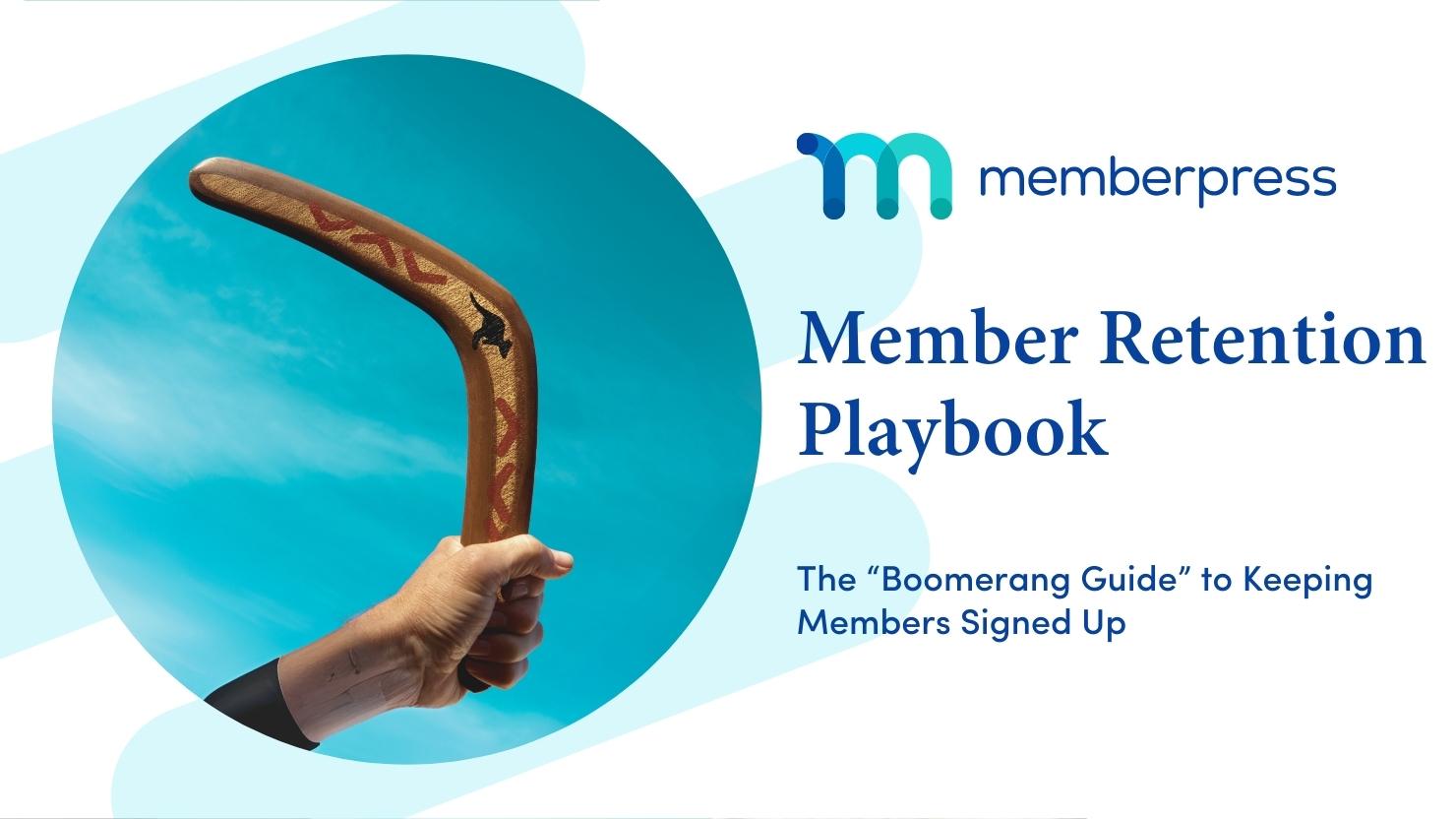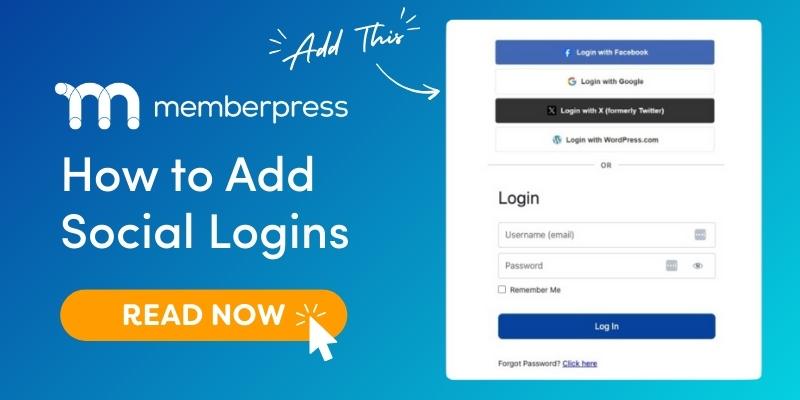It’s that age-old question every membership site owner is dying to find the answer to: “How do we keep our members around for the long haul?” So let’s look at 12 fail-proof ways to strengthen your member retention strategy.
Getting new members through the door is no small feat. It’s easy to treat each signup as a win (and it is!), but I’d argue that acquisition is just the beginning. Retention is where the real work (and long-term success) happens.
Without it, you’re stuck filling the same leaky cup. Members come in, they slip out, and growth stalls.
I talked more about this in my post on reducing member churn: worth a look if you’re focused on patching the leaks. But here, we’re looking at the proactive, cup-half-full side: giving your members every reason to stay.
This guide is full of ideas to help you do just that. From quick wins to longer-term strategies you can build into every part of your membership business.
What is a Member Retention Strategy, Anyway?
A member retention (or membership retention) strategy is any plan you put in place to keep the people who’ve already said “yes.”
These members have already shown interest in what you offer. They’ve made the first commitment. Now it’s on you to show them it was a smart decision, so they keep that subscription going month after month, year after year.
For your business, high retention means higher customer lifetime value, more predictable income, and less pressure to constantly chase new signups.
It’s also a strong signal that your members are satisfied, leading to better reviews, more referrals, and stronger word of mouth.
Put all of that together, and growth becomes a lot more achievable and way less exhausting.
How To Calculate Member Retention Rate
To calculate your member retention rate, pick a time period—say, one year—and use this formula:
Retention Rate = ((E – N) ÷ S) × 100
Where:
- E = number of members at the end of the period
- N = number of new members added during the period
- S = number of members at the start of the period
This gives you the percentage of members who stayed with you throughout the period, excluding new signups.
So if you started the year with 200 members, ended with 250, and brought in 100 new ones, your retention rate would be:
((250 – 100) ÷ 200) × 100 = 75%
So, What’s a Good Member Retention Rate?
It depends on your pricing model, niche, and membership length, but in general, anything over 70% is solid, and 80–90% means you’re doing really well.
If you’re running a monthly membership, retention rates naturally skew lower than annual plans, where members are committed for longer upfront. But in both cases, the real goal is to improve your own baseline over time.
If you’re seeing a high churn rate or feeling like you’re always replacing the same members, that’s your signal to revise your member retention strategies.
So, without further ado, let’s get into 12 strategies you can use to optimize membership retention.
12 Member Retention Strategies
I’ve broken down the strategies into various stages along the member journey from onboarding new members to rewarding the loyal ones.
Hopefully this will help you more easily identify gaps in your existing setup. And if you’re starting from scratch, this is a great checklist to make sure you’ve covered all grounds.
Take a look and take your pick! I’m excited to hear what you think in the comments section below.
Onboard With Intention
The moment someone signs up is when they’re most curious, motivated, and ready to engage. They’ve just made an investment and this is their first peek behind the paywall.
A thoughtful onboarding experience can mean the difference between a member who’s excited to get started… and one who feels lost, underwhelmed, or unsure if they made the right choice.
Here are three ways to help new members get off to a strong start:
1. Create an Onboarding Flow
Show new members exactly how to get the most out of your site. This could be
- a quick welcome video,
- a checklist,
- a mini course that walks them through what’s available and where to start.
Get members feeling confident, clear, and excited to engage instead of overwhelmed and unsure.
We use the MemberPress Courses add-on to educate new users on how to use and make the most of MemberPress
2. Customize the First Login Experience
With MemberPress, you can set up login redirects based on how many times a member has logged in.
That means you can welcome first-time users with your custom onboarding page from strategy #1.
After that, you can send returning members straight to their dashboard, content library, or wherever they’re likely to go next.
That way, your onboarding efforts will be unmissable, and your newest members will feel guided and will hit the ground running on your site.
(As an aside, check out my post on the MemberPress Social Logins feature; another great way to make it easier for members to keep coming back for more.)
3. Send a Welcome Email That Guides
A welcome email is a great way to prompt a positive first interaction with your site. You can point new members to a popular piece of content, a key resource, or simply give them a clear next step so they know where to begin.
Keep the tone positive, warm and helpful. Make a strong first impression, showcase the value of their membership early on, and they’ll be far more likely to use it (and keep paying for it).
You can send a welcome email to each new member directly from MemberPress.
From your WordPress Dashboard head to MemberPress > Settings > Email and ensure the box next to Welcome Email is checked. Then click Edit to revise the welcome email template to improve the customer experience.

Keep Members Motivated and Engaged
This is at the core of your membership retention strategy. Once your members have spent some time with you and explored what you have to offer, how can you keep their interest piqued and sustain the momentum?
Here are a few tips to consider.
4. Re-Energize Your Community with a Time-Based Challenge
Challenges give members a reason to log in, participate, and take action. They’re also great for re-engaging people who’ve gone quiet.
A short, focused event, like a 5-day content sprint or a 30-day learning goal, can spark momentum and bring your community together around a shared purpose.
Plus, they create a built-in win: something your members can complete and feel good about.
Want more ideas? Check out my post on how to run online challenges on your membership site.
5. Gamify!
Let’s hear it for my Type A brothers and sisters! We get the appeal of gamification.
It appeals to our competitive, goal-oriented nature to want to rack up point, earn that badge and top the leaderboard.
For a subset of your member base, gamification is a great way to hook users and add structure and extrinsic motivation.
Members can earn points and badges for things like completing modules or participating in your community.
Explore MemberPress’s myCred or GamiPress integrations, and power up play time on your membership site.
6. Regularly Highlight the Value of Staying Subscribed
Sometimes, members need a reminder of what they’re getting. This could be…
- a monthly update that rounds up new content,
- a members-only Q&A
- a shoutout to someone in the community.
- exclusive sneak peeks into what’s coming next
- highlighting community discussions or popular threads they might’ve missed out on
Brainstorm ways you can keep your value front and center based on the USPs of your membership business.
Build Belonging with Community
Giving your members a sense that they’re part of something can be a great way to add value and keep members in your tribe.
This is especially true if you cater to a niche audience or run an online course where students can benefit from peer support .
7. Add a Forum or Private Group for Peer Connection
Give your members a way to talk to each other. A Facebook group, a Discord space, a forum on your site.
The point is to create a place where people can share ideas, ask questions, and feel like they’re not in it alone.
That kind of connection builds loyalty in a way that no piece of content ever could.
Want to keep things on-site? bbPress and BuddyBoss are two solid WordPress plugins for setting up a forum without much fuss.
Create a Compelling Content Strategy
If you’ve had a piece of content go viral, you’ll know exactly where we’re going with this.
You’ve created a piece of content that’s brought tons of interest but now the pressure is on to keep your new members logging back in.
If your members feel like there’s nothing new or they’re not sure what to do next, that’s when interest starts to fade. Here’s what you can do about it:
8. Drip Your Content to Build Momentum
Instead of giving everything away upfront, release content over time.
This works especially well for courses (and you can discover how easy it is to drip courses here), but you can also drip blog posts, downloads, or challenges in MemberPress too.
It gives members a reason to come back for the next piece and makes your content feel more digestible and less like a giant resource library.
Dripping also helps curb cancellations from bingers who consume all your content in the first week – or worse, drive-by downloaders who grab everything and disappear.
9. Add Progress Tracking to Keep Members Moving
Q: What do they all have in common?
- People who switch to map mode on their screens during long-haul flights.
- People who prefer physical books so they can feel how many pages they’ve read.
- Kids who ask, “Are we nearly there yet?” every five minutes.
A: They like to know where they are and how far they have to go.
Your members are no different. When they can see their progress they’re more likely to keep up the momentum.
Progress tracking gives your content structure and gives your members a reason to come back and finish what they started.

It also gives them a sense of achievement and satisfaction to see how much of the course they’ve already completed.
Stay Connected with Smart Email Marketing
Out of sight, out of mind. If your members haven’t logged in lately (or have forgotten what they signed up for) email is your best bet for staying on their radar.
Here are two ways to make it count:
10. Segment Your List to Send More Relevant Messages
Not every member is here for same thing. Some are power users, others are just getting started. Some love the community aspect, others are here for the content.
Segment your list based on behavior, interests, or membership level so you can send emails that actually feel useful, not generic.
11. Remind Members to Renew Before It’s Too Late
The most frustrating member losses aren’t the one’s who cancel, but the onces who forgot to renew.
It’s 100% avoidable and happens all the time on membership sites.
It could be that their card expired, their auto-renewal failed, or they just missed a deadline and didn’t notice until they lost access.
Membership renewal emails can catch these members before they slip away.
We’ve written an in-depth article on how to write conversion-worthy renewal reminders. Click on the button below to check it out. It’s full of practical ideas, and simple to implement in MemberPress.
Make Staying a No-Brainer
Sometimes all it takes is a little recognition or a thoughtful perk to remind your members they’re in the right place.
12. Celebrate Long-Time Members
Sometimes the greatest gift is to be seen and acknowledged. It doesn’t have to be fancy. A thank you message, discount coupon, or early access to something you know they’ll care about.
You can go a step further with a secret VIP tier with a few extra perks for your most loyal and engaged members.
A simple gesture of recognition can be surprisingly sticky!
Conclusion
Retention doesn’t feel as exciting as getting a bunch of attention from new signups, but it’s seriously the difference between growing a sustainable membership site and burnout.
If growth feels like a grind, you need to start implementing these retention strategies. Let’s recap:
- Create an onboarding hub
- Personalize the first login experience
- Send a thoughtful welcome email
- Set challenges
- Gamify
- Highlight the value of your membership
- Create a community
- Drip your content
- Consider progress tracking
- Segment email lists
- Send conversion-worthy renewal reminder
- Reward long-time members
Start with the strategy that you think you’ve most neglected and can have the biggest impact on your site.
I’ve added links to related articles that go into more depth on how you can achieve these with MemberPress, so bookmark this page and take a closer look as you tackle each one.

Get MemberPress Today!
Start getting paid for the content you create.
Which strategy are you most excited by? Let us know in the comments section below.
If you found this article helpful, follow us on Facebook, Twitter, Instagram, and LinkedIn!
And don’t forget to sign up to our newsletter to get the latest tips and tricks straight in your inbox.














Add a Comment